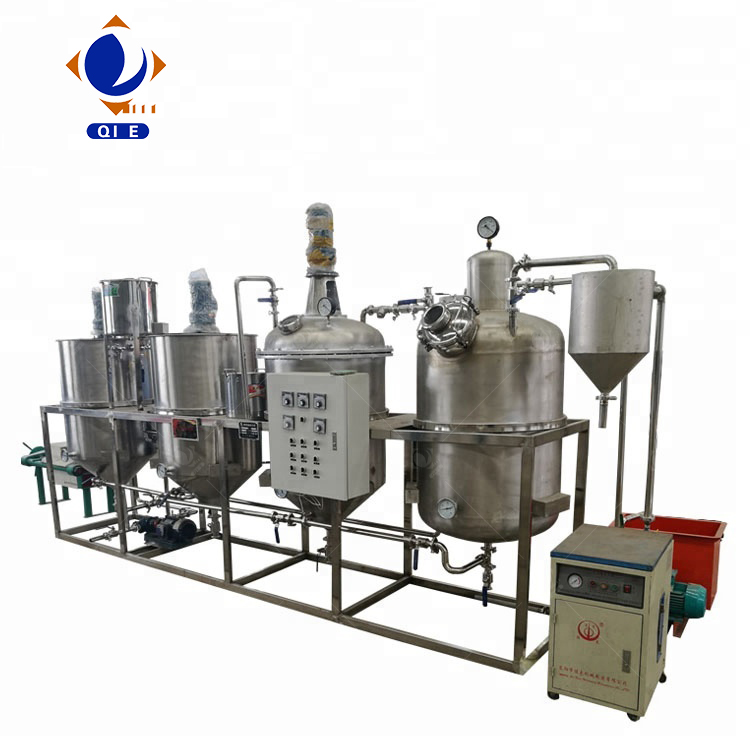
In the competitive landscape of global edible oil production, consistent quality and process efficiency are no longer optional—they’re essential for maintaining customer trust and regulatory compliance. Among the most critical steps in refining, de-gumming often goes underappreciated despite its direct impact on downstream processes like neutralization and bleaching.
“A poorly controlled de-gumming step can increase soap stock formation by up to 15%, leading to higher losses and inconsistent product clarity.” — International Journal of Food Engineering, 2022
Many processors still rely on visual cues or manual timing to determine when de-gumming is complete—a practice that introduces variability across batches. According to a survey of 37 oil mills in Eastern Europe and Southeast Asia, over 68% reported inconsistent phospholipid removal due to human error in moisture addition and temperature control.
| Variable | Typical Error | Impact on Output |
|---|---|---|
| Moisture Addition | Over-addition (±5%) | Increased water phase, lower yield |
| Temperature Fluctuation | ±5°C deviation | Reduced phospholipid solubility |
| Stirring Intensity | Too low (≤150 RPM) | Incomplete emulsification |
| Settling Time | Underestimated (≤15 min) | Residual gums in final oil |
Unlike traditional sampling methods, inline conductivity sensors offer real-time feedback on phospholipid concentration—enabling dynamic adjustments during processing. One case study from a Ukrainian sunflower oil plant showed a 22% reduction in gum residue after implementing this technology, resulting in improved filtration performance and reduced rework costs.
For high-phospholipid oils like sunflower or soybean, standard protocols must be adapted. In these cases, precise moisture dosing at 0.5–1.0% of feedstock weight, combined with optimized stirring (180–220 RPM) and settling times of 20–30 minutes, yields consistent results across shifts and operators.

The transition from reactive troubleshooting to proactive control starts with documenting every variable in a clear, repeatable SOP. For example, defining exact parameters for each raw material type—not just "sunflower oil"—can reduce batch-to-batch variance by up to 40%, according to a pilot program at a Malaysian refinery.
This shift isn’t just about equipment—it’s about culture. When operators understand how their actions affect conductivity readings, they become active participants in quality improvement rather than passive executors.
Whether you're managing a small-scale mill or scaling up to meet international demand, our team has helped over 60+ refineries optimize their de-gumming workflows using smart monitoring systems.
Get Your Free De-gumming Optimization Checklist


